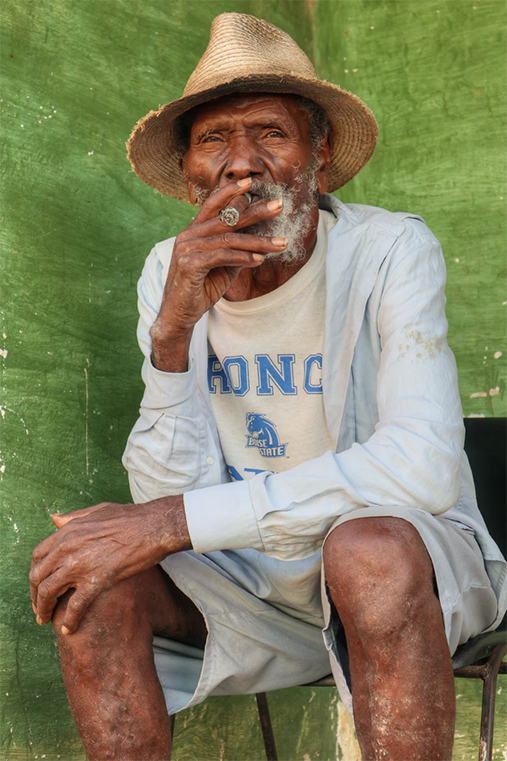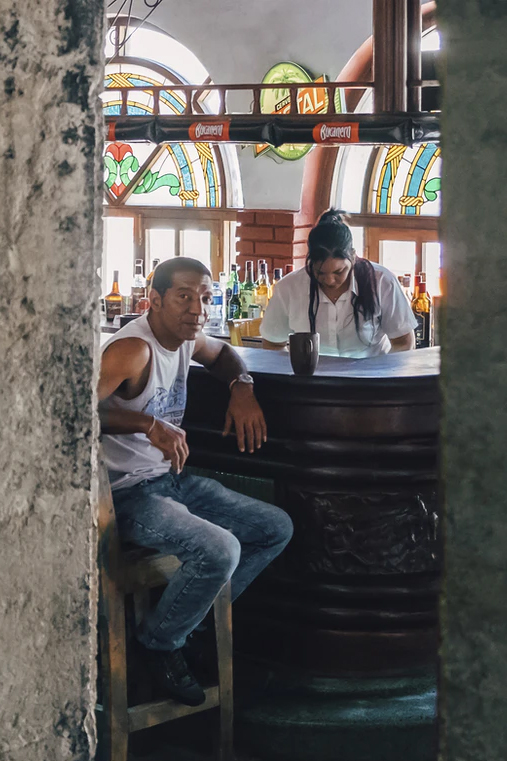Καραϊβική: η πρώτη υπερατλαντική κοιτίδα του καφέ

Colonialists, pirates and fine coffee.
The Caribbean is an archipelago in Central America that forms part of the Atlantic Ocean. Although it rains in many Central American countries, it is mainly characterized by the islands that make up the Lesser and Greater Antilles. The Caribbean was discovered by the West as early as 1492, by the mission of Christopher Columbus, which created the conditions for the establishment of colonies in the region, from countries such as Spain, England, France and the Netherlands. The islands of the archipelago are becoming busy shopping malls, and the area has for years been identified with trade as well as piracy.
After the end of colonialism, the island states began to gain their independence, starting with Haiti. Most countries today are truly mosaics of cultures, with beautiful landscapes and tourism-based economies - yet some of them still grow coffee, which is one of the best varieties in the world. Let's get to know him better!
 A Brief History of Caribbean Coffee
A Brief History of Caribbean Coffee
The cultivation of coffee in the Caribbean begins in the early 18th century. We are in the era of colonialism, the Arab monopoly of coffee has already been broken and coffee is already cultivated in India but also in the Dutch colonies of Indonesia. The Dutch give King Ludovic the 15th a valuable gift: a coffee tree from Indonesia. Despite the king's hesitations, the royal agronomist Pierre Chirac gives the adventurous sailor (and future governor of Guadeloupe) Gabril De Clieu a branch of the coffee tree, in order to plant it on a French overseas flight.
De Clieu's journey to Martinique is adventurous, as his ship is pirated, but he also falls victim to a severe storm. The tree pot is broken, the water runs out and the stubborn De Clieu shares his own water voucher with the coffee tree. The tree arrives safely in Martinique, is planted and in a few years bears fruit. Coffee growing in the Caribbean is now a fact. The island is full of coffee trees and the production reaches the needs of the whole of France. Gradually, coffee trees are transplanted to neighboring islands, such as Spain (which hosts the states of Saint Dominic and Haiti) and Guadeloupe. After the revolution in Haiti, Haitian refugees brought coffee trees with them to Cuba, while a few years ago the governor of Jamaica got permission to transplant his own trees on the island. The Caribbean is becoming an important center for the global coffee market, but also the "bridge" to transport the crop to mainland Central and South America, which remains to this day the essential cradle of coffee.
Today, coffee-producing countries in the Caribbean include Santo Domingo, Haiti, Cuba, Jamaica and Trinidad, while coffee is grown on smaller islands. It is worth noting that in none of these countries is production massive and that almost all production is marketed as quality specialty coffee, while various factors, such as the US embargo on Cuba and political instability in Haiti, undermine any more systematic effort. production. Finally, one of the rarest, most sought after and expensive coffees in the world is produced in the archipelago: the famous Jamaica Blue Mountain, from the homonymous area of the island.
 What does Caribbean coffee taste like?
What does Caribbean coffee taste like?
Caribbean coffees can be quite different because they are grown on different islands, with different climatic conditions and different terroirs. However, their common feature is balance and natural sweetness. Among the basic taste notes that we find in a coffee that comes from the Caribbean, are chocolate, tobacco, vanilla but also floral and fruity aromas. Special mention should be made of the legendary Jamaica Blue Mountain, which is extremely complex in taste, with lively acidity and almost complete absence of the bitter taste of coffee.
Although it is not unlikely that we will find Caribbean coffee in blends, the limited production and high quality pushes the producers to have their coffees as specialty, single-variety options, while a large part of the production is exported to Japan, where the organoleptic characteristics are highly valued. of these coffees.
Five delicious suggestions with Caribbean aroma
New York Monorigini Cuba 250g: Single origin, 100% Arabica coffee from plantations on the island of Cuba. A rare coffee of really limited origin, that excites with its special aroma and unique taste.
Caffe Lab Caraibi 250g: Single origin, 100% Arabica coffee, from plantations in the Crystal Mountains of Cuba. Its character is spicy, ideal for espresso, and the notes of chocolate and tobacco dominate.
Caffe Lab Santo Domingo Barahona 250g: Single-origin, 100% Arabica washed coffee from Saint Dominic, from a high altitude plantation. It uniquely balances between sweetness and acidity, while its body is light and delicate.
New York Monorigini Jamaica Blue Mountain 250g: The most valuable coffee in the world, with a guarantee of authenticity from the Italian New York. Floral aromas and chocolate notes dominate, in a unique espresso experience.
Caffe Lab Jamaica Blue Mountain 250g: Vanilla and tobacco aromas dominate this coffee that comes from the Blue Mountains of Jamaica and is accompanied by a certificate of authenticity.
If you want to feel like Captain Jack Sparrow, do not rush to wear dreadlocks - just make an exotic coffee from the magical Caribbean islands - a few sips "will bring you that horizon".










